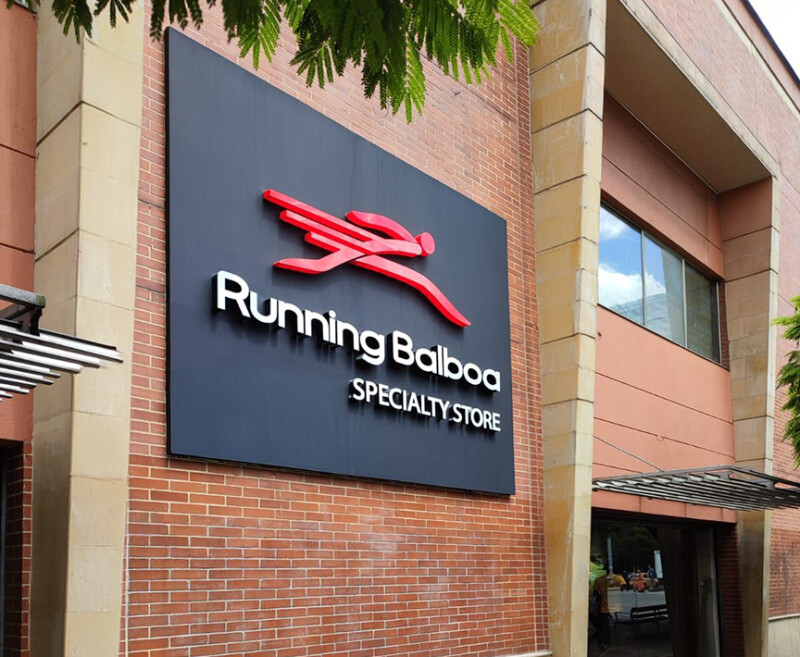The U.S. market for running footwear has been enjoying a good – well, for lack of a better or more appropriate term – run, despite macroeconomic challenges that continue to pressure consumer spending on footwear overall. A look at the numbers supports that claim.
In 2024, U.S. adult total footwear dollar sales are flat through August, compared to the same period last year, but sales of adult running footwear are up five percent, to $4.7 billion, which is 25 percent above pre-pandemic 2019 levels — whereas the rest of the footwear market grew 13 percent since 2019. Price growth has been the main driver of these results, as demand for premium-priced brands and items have sent the average selling price for running footwear up 38 percent in the past five years.1
The rate of price growth in running footwear is expected to slow in the coming years as mix shifts among brands normalize, according to Circana’s Future of Footwear study. Therefore, to keep up the revenue momentum, the industry will also need to sell more product. To that end, here are three areas of focus for brands and retailers as we head into 2025:
1. Prioritize Innovation
Much like the sport itself, the performance running footwear category has always been competitive, with several brands battling for share. But in the past few years, this race has intensified.
In 2024, the top five brands are generating three-quarters of the dollar sales in the market, similar to three years ago, but the share mix has changed: the top three brands now account for a smaller proportion of the sales and the fourth and fifth ranked brands are accounting for a larger piece.
This increased competition has brought innovation to the forefront and brands have ramped up their efforts to evolve key franchises and launch new ones. This strategy has paid off, with the percentage of sales driven by items launched in the current year steadily increasing since 2022.2
Major brands and retailers can’t slow down their pace here if they want to remain at the head of the pack, as new and emerging brands will continue to nip at their heels.
2. Retain Your Buyers
Innovation has become particularly important for customer retention. In this highly competitive environment, brand loyalty is the gold medal.
In recent years smaller, emerging brands have grown more quickly than the overall buyer base for running footwear. While all brands and retailers will lose customers from year-to-year, the goal is always to overcompensate for those by attracting new buyers. But it is also important not to let your retention efforts fall behind because retained consumers are the most valuable.
In the running footwear category during the past 12 months ending August 2024, retained buyers represented just over 30 percent of total buyers, and almost 40 percent of dollar sales, led by higher purchase frequency, more units purchased and higher average prices per purchase.3
New product, marketing, community, promotions and rewards programs are all levers that can be pulled to keep your customers coming back year after year — or even more frequently.
3. Embrace the Casual Consumer
During the 12 months ending August 2024, more than 40 percent of dollar sales in the performance running footwear category was generated by consumers intending to use their shoes for athletic, sport or exercise purposes. This percentage is consistent with last year, but down three percentage points compared to four years ago.
On the flip side, just under 60 percent of sales are attributed to non-athletic uses, mainly casual or everyday use, weekend social or recreational activity and work.1
So, while performance is paramount, ignoring the more casual consumer that is simply looking for comfort and versatility will leave money on the shelf.
As function has become fashion in recent years, the running industry is presented with a unique opportunity to serve many usage occasions, which can benefit running-focused brands and retailers as well as retailers that serve a broader audience. But it’s all in the messaging — be sure to play up features and benefits and how they align with your consumers’ lifestyles and priorities, whether that be logging miles, running races, hitting the trails or just tackling everyday hurdles.
As we cross the 2024 finish line and approach the 2025 starting block, the running industry is in a strong position.
Circana is projecting continued growth in 2025 fueled not only by higher prices, but also a return to unit growth. To make this a reality, brands and retail leaders can consider the strategies laid out above to ensure the industry stays on track.
1. Source: Circana, U.S., Consumer Tracking Service
2. Source: Circana, U.S., Retail Tracking Service
3. Source: Circana, U.S., Checkout






